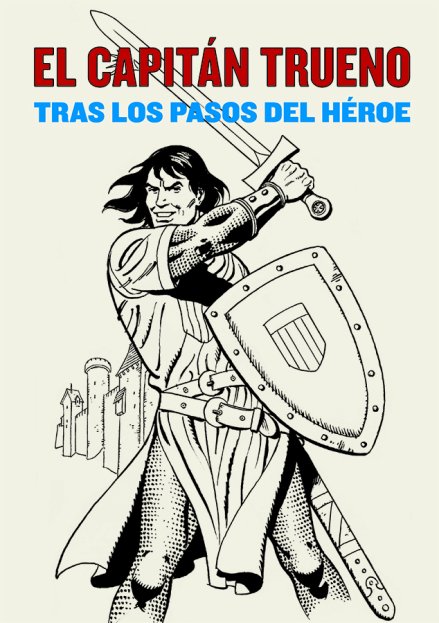It is both accurate and deceptive to classify it as an adventure comic book. For although it certainly features plenty of adventures, the hero’s vicissitudes and the varying skills of the successive illustrators have given rise to a number of encounters that this exhibition sets out to explore. For example, there are encounters with literature, in that El Capitán Trueno repeats or imitates episodes that can be found in the Iliad or the Odyssey, in Verne or Swift, in Shakespeare, in Cervantes, in the legacy of the Edda and sagas, and in Gilgamesh and Rabelais.
But there are also encounters with architecture. Major constructions and small vernacular buildings were possibly first seen in Spain in the adventures of Trueno, who roamed the world and surveyed its landscapes, both natural and urban.
Lastly, we find encounters with technology, both past and future: weeks spent travelling in a balloon before they existed, gunpowder when it was only an oriental entertainment, and the presence of ballistics and robotics.
The exhibition takes a look at three thematic and iconographic universes that were of crucial importance to the structure of this comic book over the years. These three areas are literature, architecture and technology, which are linked or bound together by a core idea that is political in nature: protection of the weak, aversion to tyranny (in all its varied forms) and the struggle for justice. With all its ambiguities and double meanings, and with all its wisdom, this is an essential comic book in Spanish history.
Tuesday to Sunday,11 am to 2 pm and 5 pm to 9 pm
Closed Mondays


